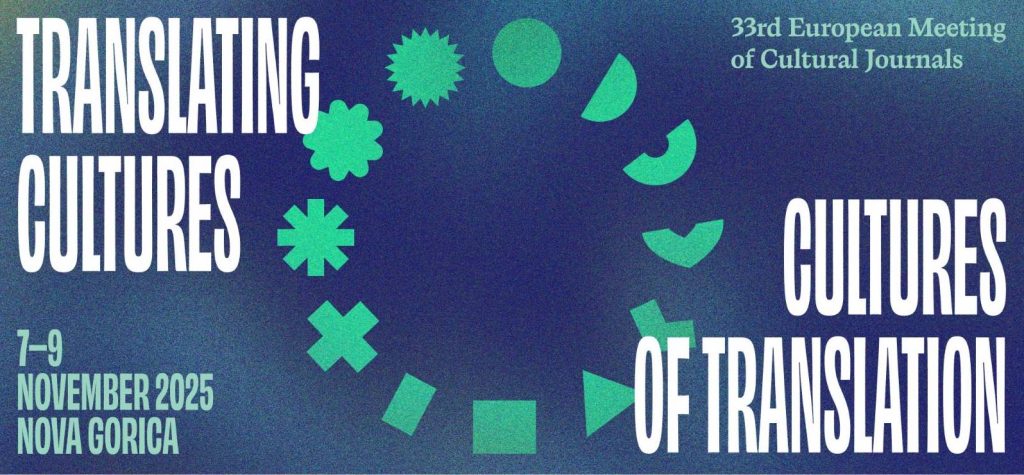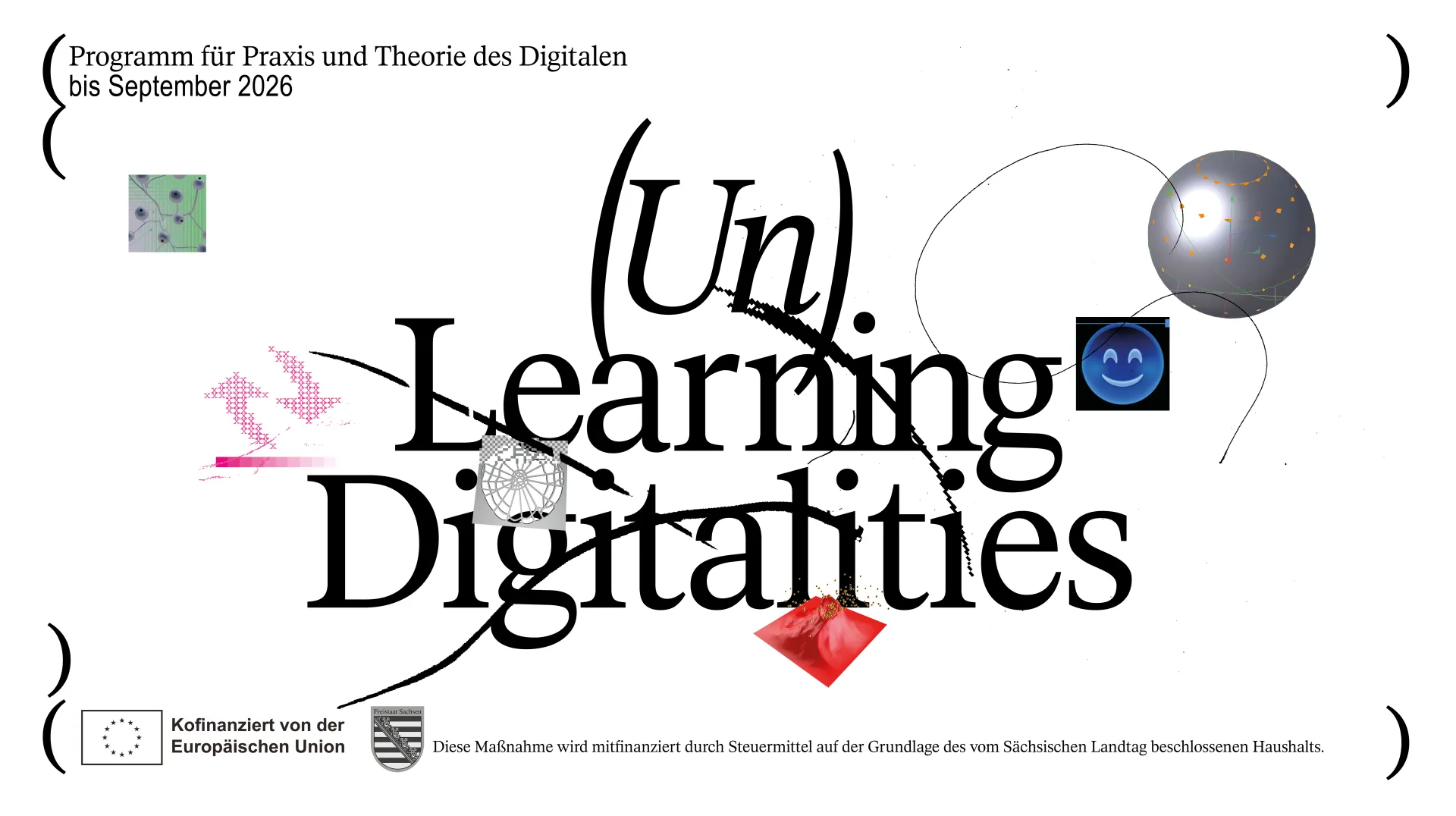Plasticiet was founded in 2018 by Marten van Middelkoop & Joost Dingemans, two product design alumni who graduated in 2017. The company started as a project during the minor New Frontiers with the theme ‘next economy’, where the two students were asked to think about the jobs, currencies and materials of the future. They did research into circulair grassroots projects and got inspired by the plastic recycling industry in Mumbai. That’s when they realized: plastic waste is the new gold. They started experimenting with creating materials out of plastic waste that are both beautiful and functional and now 4 years later, they both work fulltime at Plasticiet, together with a team of creative and skilled talents. In this interview with Marten, you can read more about the past, present and future of Plasticiet.
Plasticiet started as a school project, when and why did you decide to take this further into a real company?
After the project during the minor programme, we were planning to take Plasticiet to the next level. However, during our graduation (for which we both worked on a different project), we got a bit discouraged by all the logistical difficulties we had to deal with. On a small scale, it was already challenging to create a material that was both aesthetic and functional. We had no idea how we could ever make it work on a bigger scale, since we were still experimenting on Joost his balcony with a sandwich iron. Just before we wanted to pull the plug, Bijenkorf called us. They saw our work a year before on the Design District fair and asked us if we could deliver 100m2 of material for their store. We hesitated but said yes eventually, although we did not have any experience with a big project like this. We started renting a space at ... and bought a big pizza oven (that we still work with). Our first meeting with them went well, but eventually we just weren’t ready to meet their expectations. However, it did give us the confidence we needed to make Plasticiet happen. We invested in a studio and an oven, so we just had to go for it. We worked really hard, invested, experimented and developed our techniques further. A year later, we again presented our work at the Design District fair and from that moment one, we got approached by a lot of designers, architects, journalists and other clients that were interested in working with us. With the money we got out of a big project we did with Biennale Kortrijk, we could invest in a steel press. This made it possible for us to do bigger projects and produce more.
What made Plasticiet so successful?
The funny thing is that we never had to do active acquisition ourselves. The product sold itself. How? Well first of all: Recycling is hot. It is a simple concept, but it was kind of new that a product could be sustainable, functional and aesthetically pleasing at the same time.
We started this together, doing everything ourselves. When we started to really sell and grow, we had the opportunity to expand the team and hire people that could help us in the production process so that we would have more time for concept development. This made it possible for us to do bigger projects, while still being able to develop new techniques and creative concepts. However, it is still quite a challenge to maintain this balance between the business, production and creative side of Plasticiet.
Were you always interested in entrepreneurship?
I was always interested in how to turn a concept into a success. During my internship at STRS, I saw how they grew as a company by making beautiful products. They worked so hard and really believed in their business. This inspired me a lot and made me realize that it is possible to create a successful company if you have a strong concept, work hard, have faith and communicate your product well.
What are some of the implications of Plasticiet products?
During the research process at the start of Plasticiet, we decided that we wanted a semi-finished product made of plastic, to allow users to create their creativity, but also to take responsibility. What you make yourself is worth more than something you buy in a store. Our materials can be used for a large variety of implications.
One example of a bigger project we did was the store design of the Ace & Tate store in Antwerp. For this project we used local waste from Antwerp, to create a white material with big colored flakes. A beautiful project, that we’re still very proud of.
Something we’re working on right now is the Mother of Pearl collection, that we used to make furniture objects. We presented those at a fair, where it got sold to a Saudi Arabian princess.
I really like how versitile our materials are. They can be used for bigger commercial projects like the Ace&Tate store design, but we also create design objects for art galleries.
How do you see the future of Plasticiet?
On short term, we are planning to move to a bigger space where we can place a bigger press that would improve our production process a lot. This will make the production process less labor-intensive, so that we can ensure a bigger margin on our products. With this extra money, we could grow more and create time and space for product development.
Besides that, we would like to focus more on small-scale material and design products for art galleries in the future.
We worked very hard. So hard, that I’m still kind of burned out. It really was an intense process of with a lot of failures but also a lot of successes. Looking back, maybe it would have been healthier for ourselves to grow at a slower pace. We did everything ourselves and grew relatively fast, without external investments. Right now, I think it would benefit the business if we get more into funding, investments and collaborations with partners so that we have more resources to grow.
What advise would you give to WdKA students?
What I've learned in the past years is that it is important to make your autonomous vision come to life by communicating it to the world in the right ways. You can have a very cool concept, but without perseverance and self confidence you’re not going to get there.
During my time at the academy I got more self confidence as an artist. I developed my own artistic vision about design and turned this into business plan. I think it’s really important to do it in this order and create something from within, instead of focusing on commercial motives in the first place. We do this because we are passionate about the concept and our products. People recognize this authenticity and want to work with us because of it. I think this is one of our biggest strengths as a company. This concept thinking and creating with integrity is something I developed during my studies at WdKA, a very valuable lesson.
For more information about Plasticiet, check their website.




